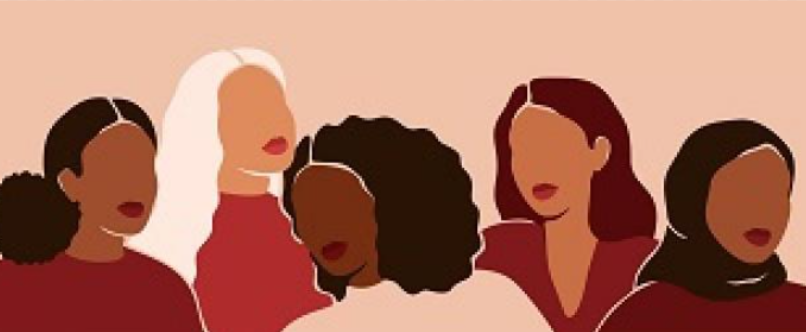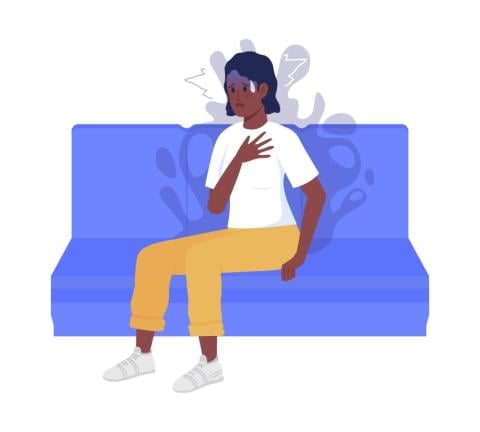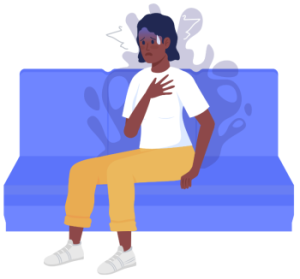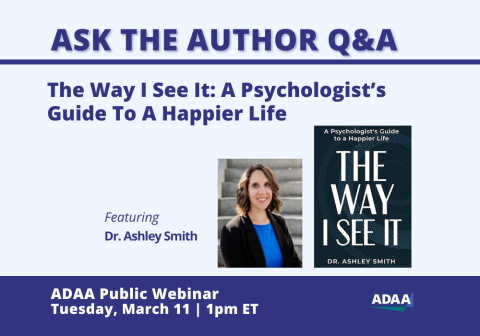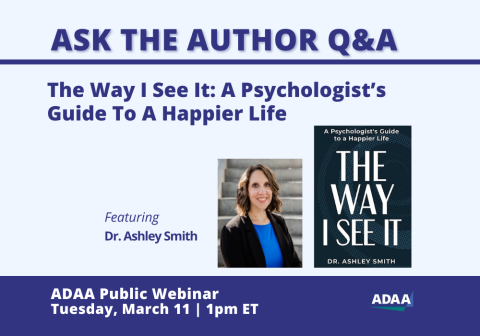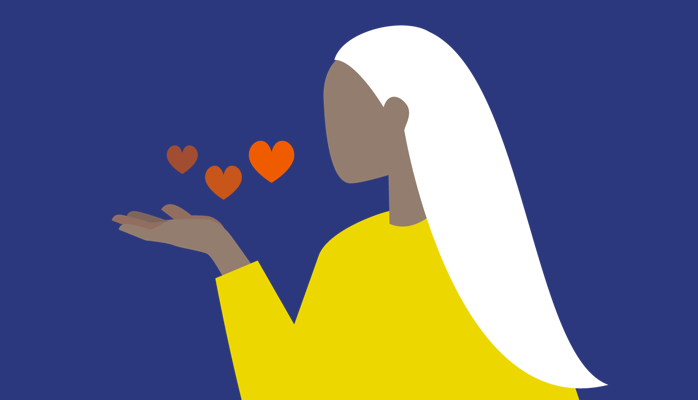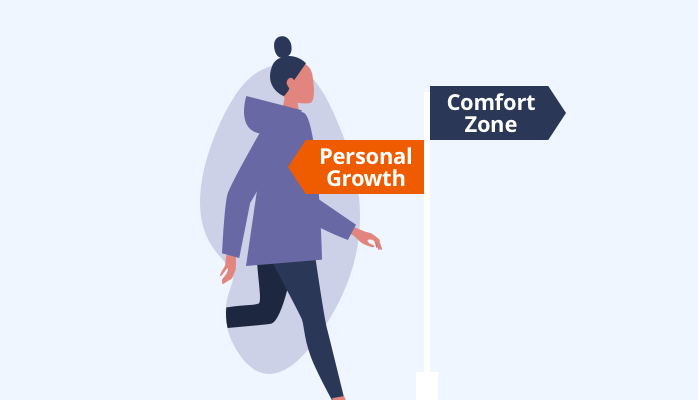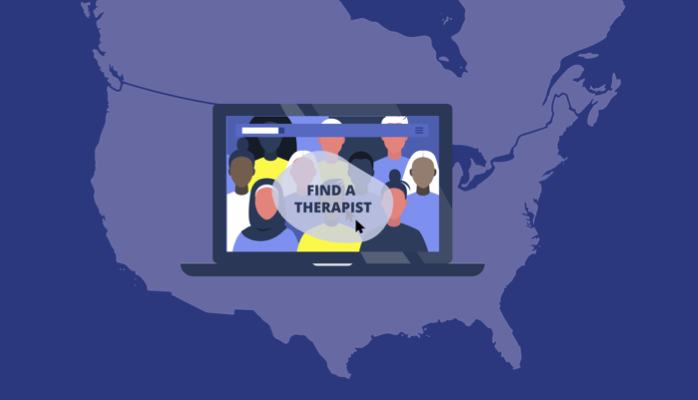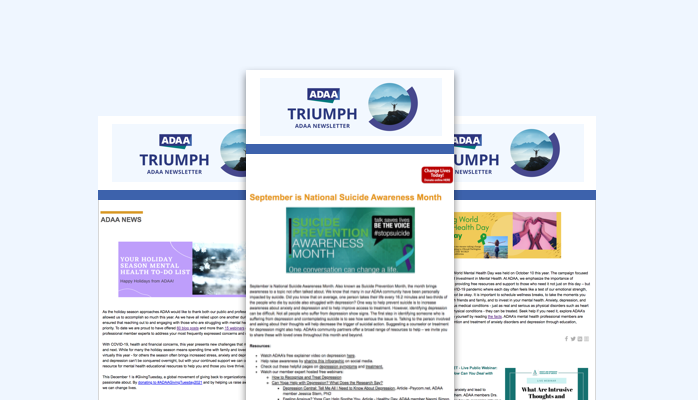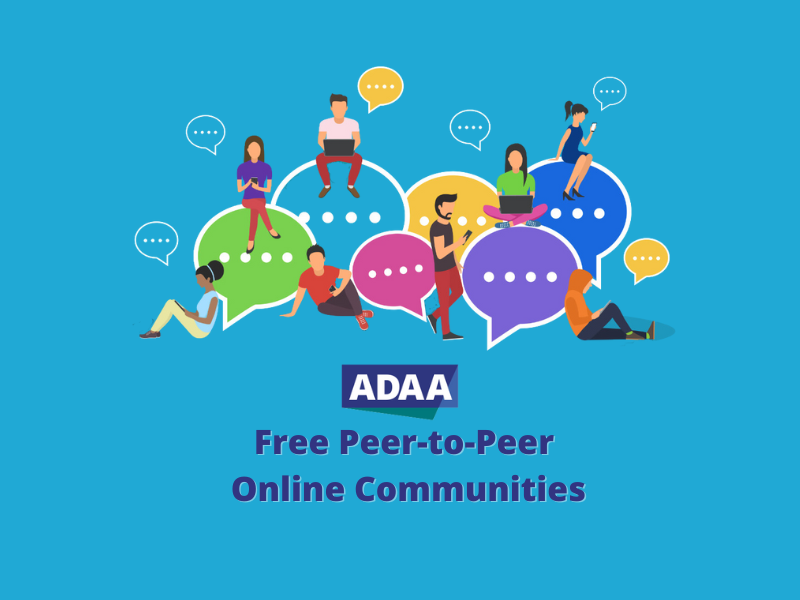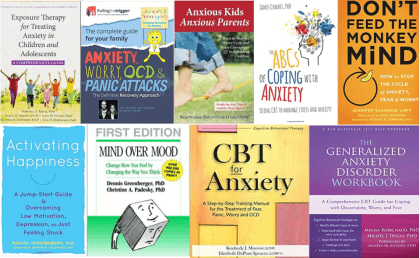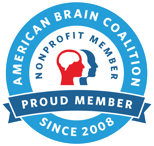Anxiety disorders are real, serious medical conditions - just as real and serious as physical disorders such as heart disease or diabetes. Anxiety disorders are the most common and pervasive mental disorders in the United States. An estimated 264 million people worldwide have an anxiety disorder.5 Women are nearly twice as likely as men to be diagnosed with an anxiety disorder in their lifetime. In the past year, prevalence of any anxiety disorder was higher for females (23.4%) than for males (14.3%).1 The term "anxiety disorder" refers to specific psychiatric disorders that involve extreme fear or worry, and includes generalized anxiety disorder (GAD), panic disorder and panic attacks, agoraphobia, social anxiety disorder, selective mutism, separation anxiety, and specific phobias.
- Signs and Symptoms of Anxiety
- Types of Anxiety Disorders
- Treatment
- ADAA Resources
- Other Resources
- Trending Articles#Trending Articles
Signs and Symptoms of Anxiety
- Feeling nervous, irritable or on edge
- Having a sense of impending danger, panic or doom
- Having an increased heart rate
- Breathing rapidly (hyperventilation), sweating, and/or trembling
- Feeling weak or tired
- Difficulty concentrating
- Having trouble sleeping
- Experiencing gastrointestinal (GI) problems
If you or someone you know express one or more symptoms, please seek professional help.
Types of Anxiety Disorders
Generalized Anxiety Disorders, or GAD, includes excessive anxiety and worry about ordinary activities or events such as health, family, money or work. GAD can disrupt every day life by interfering with work, school or family. Learn more about GAD here.
Obsessive-Compulsive Disorder, or OCD, is a mental health disorder that affects people of all ages and occurs when a person gets caught in a cycle of obsessions and compulsions.2
Panic Disorder is diagnosed in people who experience spontaneous ad unexpected panic attacks and are very preoccupied with the fear of a recurring attack. Because these attacks are so unpredictable, many women may have intense anxiety between panic attacks.3
Post-Traumatic Stress Disorder (PTSD) is a disorder that develops in some people who have experienced a shocking, scary, or dangerous event.4 Five out of ten women experience a traumatic event and women tend to experience different traumas than men. Learn more about Post-Traumatic Stress Disorder here.
Social Anxiety is diagnosed when people become overwhelmingly anxious and self-conscious in every situations. Learn more about Social Anxiety here.
Treatment
Treatment options and resources are usually the same for women as men, with the exception of women who are pregnant or may become pregnant. Anxiety can worsen, improve, or stay the same during pregnancy, and that may affect treatment. Learn about medication use during pregnancy here.
Most people who seek treatment experience significant improvement and enjoy an improved quality of life. Find a Therapist.
Join the ADAA online support group or find a local support group near you.
ADAA Resources
Blogs
- The Impact of Post-Election Uncertainty on Women’s Mental Health
- Adolescent Girls and Anxiety
- Back to School Anxiety
- Health Anxiety: What It is and How to Beat It
- Social Anxiety: Imperfect is the New Perfect
- Questioning Whether You Have OCD When You Have OCD
- An Audit of Mental Health Care at U.S. Colleges and Universities: Focus on Anxiety Disorders - ADAA research study - 2007
Read more blog posts on anxiety here.
Webinars
- Back-to-School Anxiety in High School and College
- Bullying, Anxiety, and Depression
- Building Bridges: Bringing Anxiety Treatments to Children and Adolescents With Autism Spectrum Disorder
- For My Anxiety or Depression: Should I Use Medication or Therapy?
- Mind Over Mood
Click here for more webinars on anxiety.
Podcasts
- Anxiety Disorders in Women
- Fear of Weight Gain From SSRIs
- Feeling Good
- Treating Anxiety and Depression in the Transitional Years (Ages 18-25)
- Understanding Anxiety in Children
Click here for more podcasts on anxiety.
Personal Stories of Triumph
- Abigail's Story
- Allison's Story
- An Emotion More Powerful Than Fear
- Kayleigh's Story
- Speaking Up About Anxiety and Depression
- Stephanie's Story
Click here to read more personal stories of triumph.
Trending Articles
- How To Stop Your Anxiety From Screwing Up A Great Relationship
- Why Women Are More Prone To Anxiety Than Men, According To A New Study
- Too Much Pressure? 7 Tips for Stressed-Out Women
- What It's Like to Live With PTSD After Escaping Domestic Violence
- Perinatal Mood and Anxiety Disorders: Redefining Postpartum Depression
- Why Are Black Women Suffering from PTSD?
- 5 Effective Strategies to Help You Overcome Sexual Dysfunction
- How Pregnancy Loss Can Increase the Risk for Anxiety Disorders
- We Need to Talk About Mental Health at Work
- Kendall Jenner Opens up About Crippling Anxiety: 'Sometimes it’s out of your Control'
- The State of Research on PCOS and Mental Health
- 9 Reasons Why You're Waking Up with Anxiety
- The One iPhone Feature I Use to Calm My Raging Anxiety
- How to Survive a Panic Attack in Public
- 9 Tips to Help Fight Travel Anxiety
Other Resources
- 'I Have A Severe Phobia—Here's What It's Like' - Women's Health Magazine
- The Comorbidity Of Anxiety And Depression - NAMI blog post by ADAA President Beth Salcedo, MD
- Anxiety Disorders - womenshealth.gov
- Esperanza - Hope to Cope with Anxiety and Depression
- NIMH. (2017). Any Anxiety Disorder.
- International OCD Foundation. (2018). What is OCD?
- Womenshealth.gov. (2018). Panic disorder.
- National Institute of Mental Health. (2016). Post-Traumatic Stress Disorder.
- Our World Data. (2018). Mental Health.
